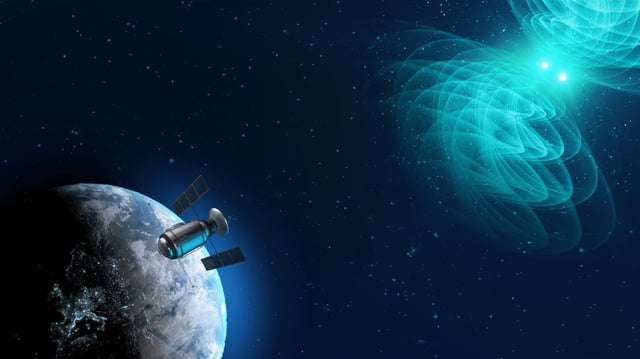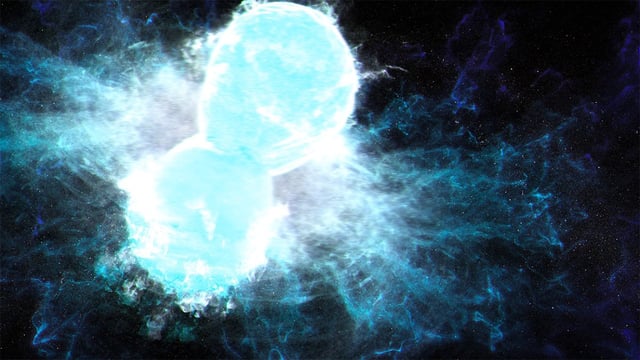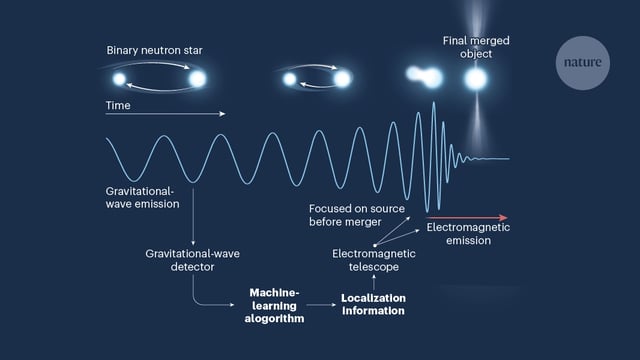Overview
- Scientists have developed a neural network, DINGO-BNS, that analyzes gravitational waves from neutron star mergers in about one second, compared to an hour with traditional methods.
- The algorithm improves localization accuracy by 30%, allowing telescopes to quickly target and observe accompanying electromagnetic signals like kilonovas.
- Real-time analysis could enable astronomers to witness neutron star collisions as they happen, offering new insights into the production of heavy elements and the merger process.
- The machine learning approach combines advanced AI techniques with physical domain knowledge, addressing limitations of current rapid analysis methods used by observatories like LIGO-Virgo-KAGRA.
- Researchers acknowledge challenges such as adapting the algorithm to real-world noise in gravitational wave detectors but highlight its potential for next-generation observatories.


